Historically, designers haven’t been afraid of using New York Fashion Week to expose political viewpoints or their feelings toward recent events. In fact, it’s usually seen as the perfect time to put those ideas on a pedestal.
In recent years, politically charged slogan T-shirts and boundary-pushing runway spectacles have become the norm. But this season, fashion week looked inward, with nuanced themes touching on identity and self-reflection.
Rather than overtly addressing the current presidency or the government shutdown, designers emphasized the climate crisis, gender-neutral fashion and their own roots. Here are five of the key talking points from the Autumn-Winter 2019 installment of New York Fashion Week.
Blurred lines
While the week’s shows are traditionally dedicated to womenswear, many dabbled in menswear – or walked the line between the two. Bi-coastal brand Eckhaus Latta and Budapest’s Nanushka showed pieces that could very well be worn by people of any gender, and androgynous models appeared in a number of different shows.
Up-and-coming labels like Batsheva and Vaquera also challenged traditional interpretations of femininity with high-necked dresses and oversized silhouettes. Meanwhile, collections from Alessandro Trincone and Bode (who put men in ballet flats) challenged masculinity as we know it, with saccharine styling, soft hues and detailed makeup.
Climate change on the agenda
As one of the world’s biggest polluters, the fashion industry would be foolhardy not to acknowledge the growing environmental crisis. Before the shows got underway, the United Nations in New York hosted a conference on sustainable and ethical fashion, which featured over six hours of discussion on how the industry can improve.
During Fashion Week itself, designer Collina Strada tackled the topic head-on by hosting a spoken-word performance by environmental activist Xiuhtezcatl Martinez. His recitals served as the soundtrack as Strada unveiled a collection made from 75% deadstock fabrics. Many of the show’s models carried reusable water bottles and food containers as props, while each guest was provided with a list of ways to lessen their environmental footprint.
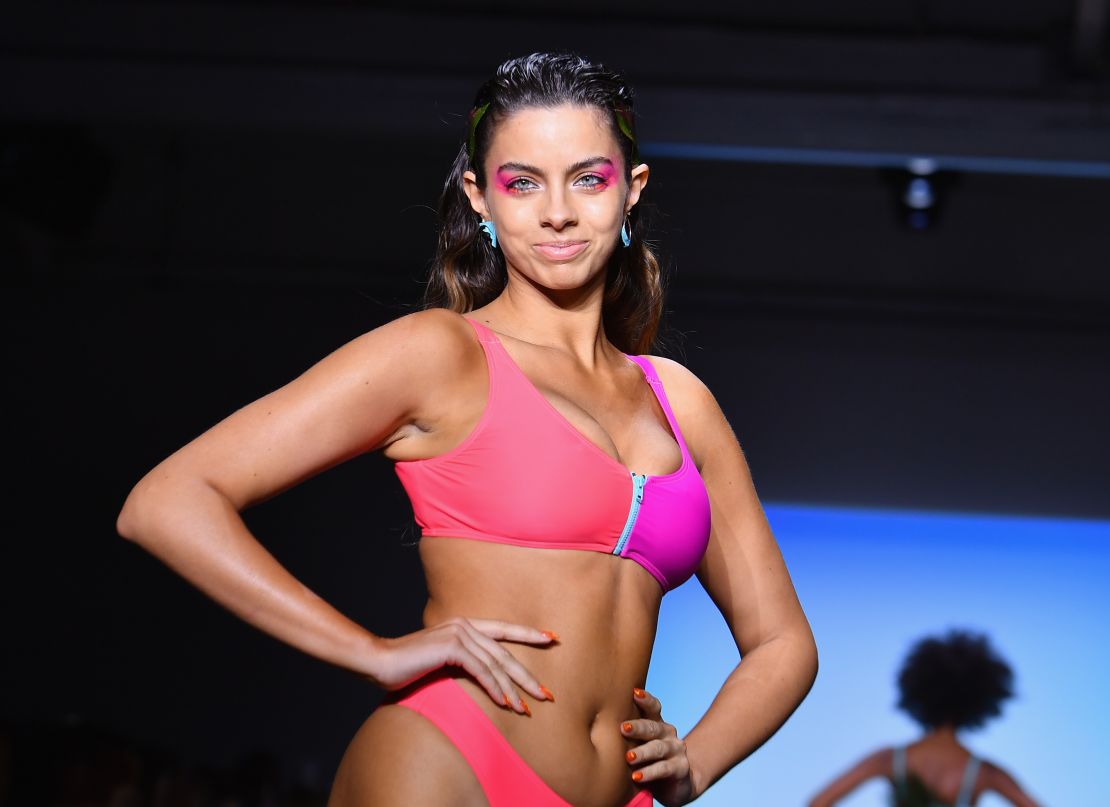
“Humans are destroying their only home,” Martinez said into a microphone as the looks passed down the runway. “How can we go to school, go to work without thinking about this, without taking action?”
Elsewhere, young bridge designers were also taking small steps toward change. Toronto label Beaufille introduced a plaid fabric made of recycled bottles, and New York’s Chromat, which already works with recyclable materials, also used deadstock for its vibrant swim and beachwear.
Fresh faces
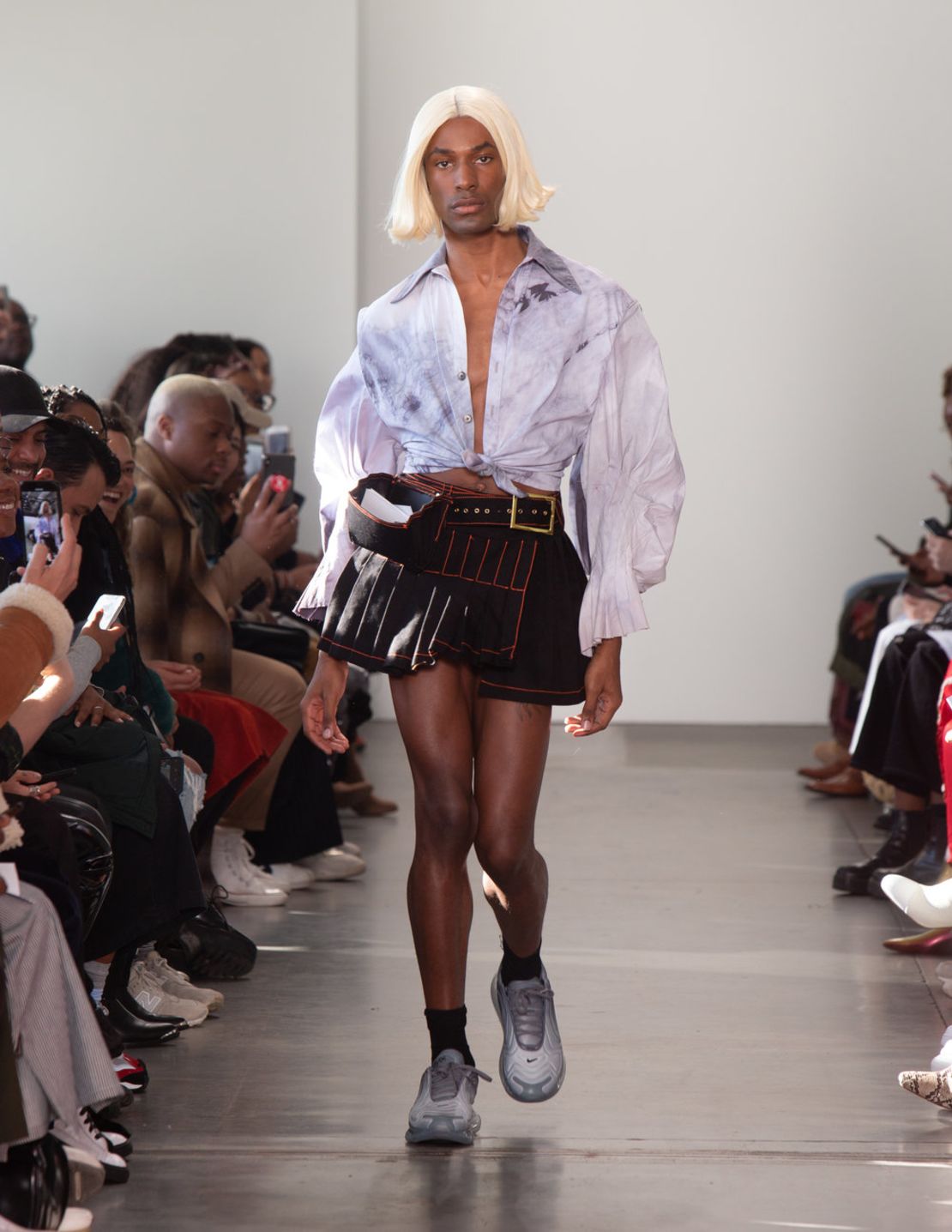
Conversation around New York Fashion Week would not be complete without addressing the the topics of diversity and representation – and this season had some moments worth noting. Pierre Davis, a transgender woman of color, held a debut show for her brand No Sesso, making history as the first trans designer to ever show at NYFW.
Later in the week, 11 Honoré, an e-commerce website dedicated to sizes 10 to 20-plus, hosted a runway show reflecting just that. Meanwhile, labels including Gypsy Sport and the aforementioned Chromat celebrated a range of body types in their lingerie and swimwear collections. Plus-size bloggers rallied around the hashtag #fatfashionweek, making their presence known – and celebrated – during a week that usually centers around straight-size offerings.
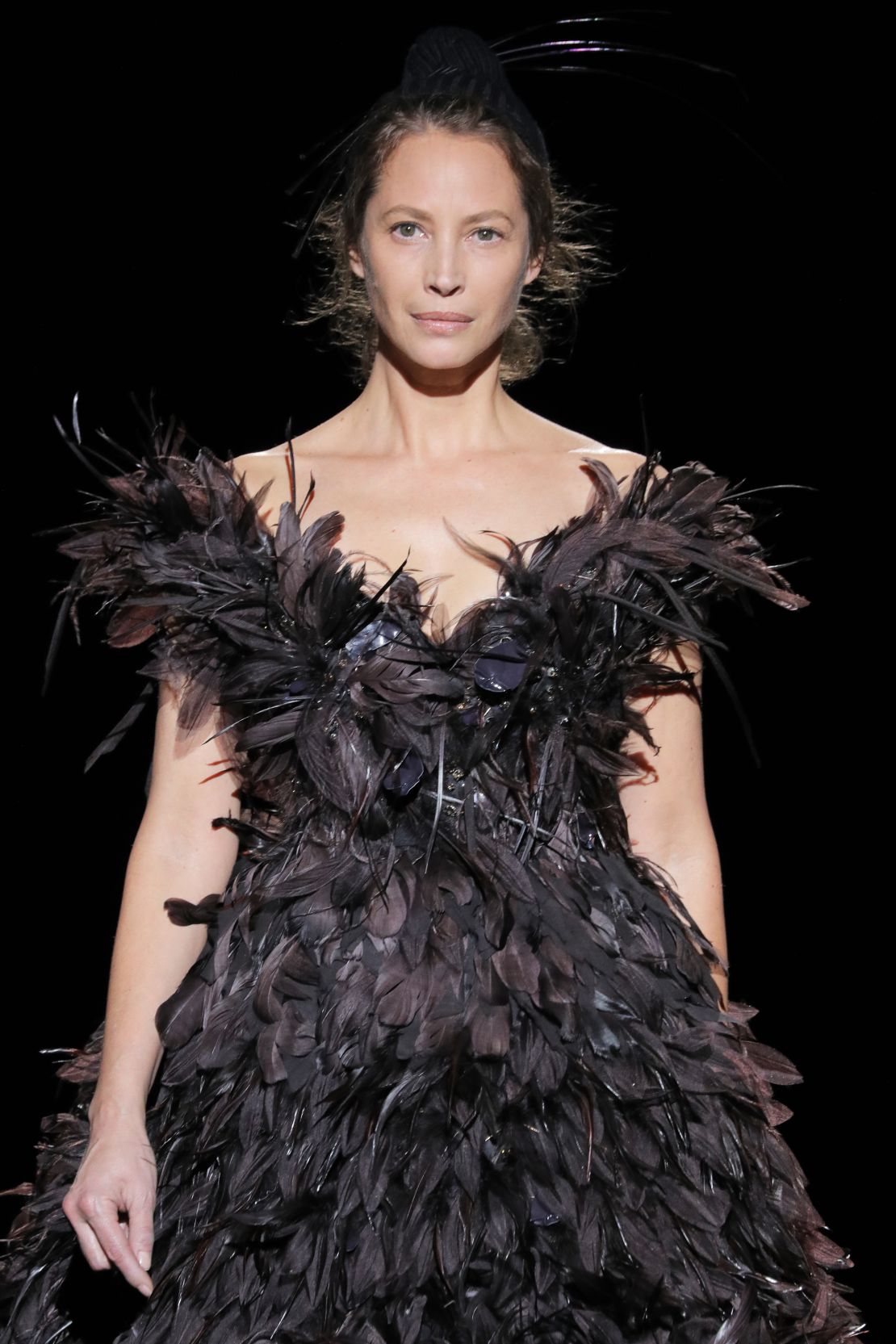
Older models were frequently spotted on runways throughout the week – most notably when 50-year-old Christy Turlington made a return to the runway for Marc Jacobs, and 68-year-old Pat Cleveland walked Naeem Khan.
Back to your roots
What do designers know more about than their own upbringings? At NYFW, a number of them drew on their early lives for inspiration. Bevza founder Svitlana Bevza referenced her childhood in Ukraine’s capital, Kiev, via legwarmers that resembled those she saw worn by gymnasts on TV. Elsewhere, Snow Xue Gao showed a collection that merged Chinese culture with New York sensibilities, combining delicate prints with sharp tailoring. And having receiving praise for using an entirely Asian cast of models last season, designer Claudia Li continued to take pride in her heritage for her latest collection.
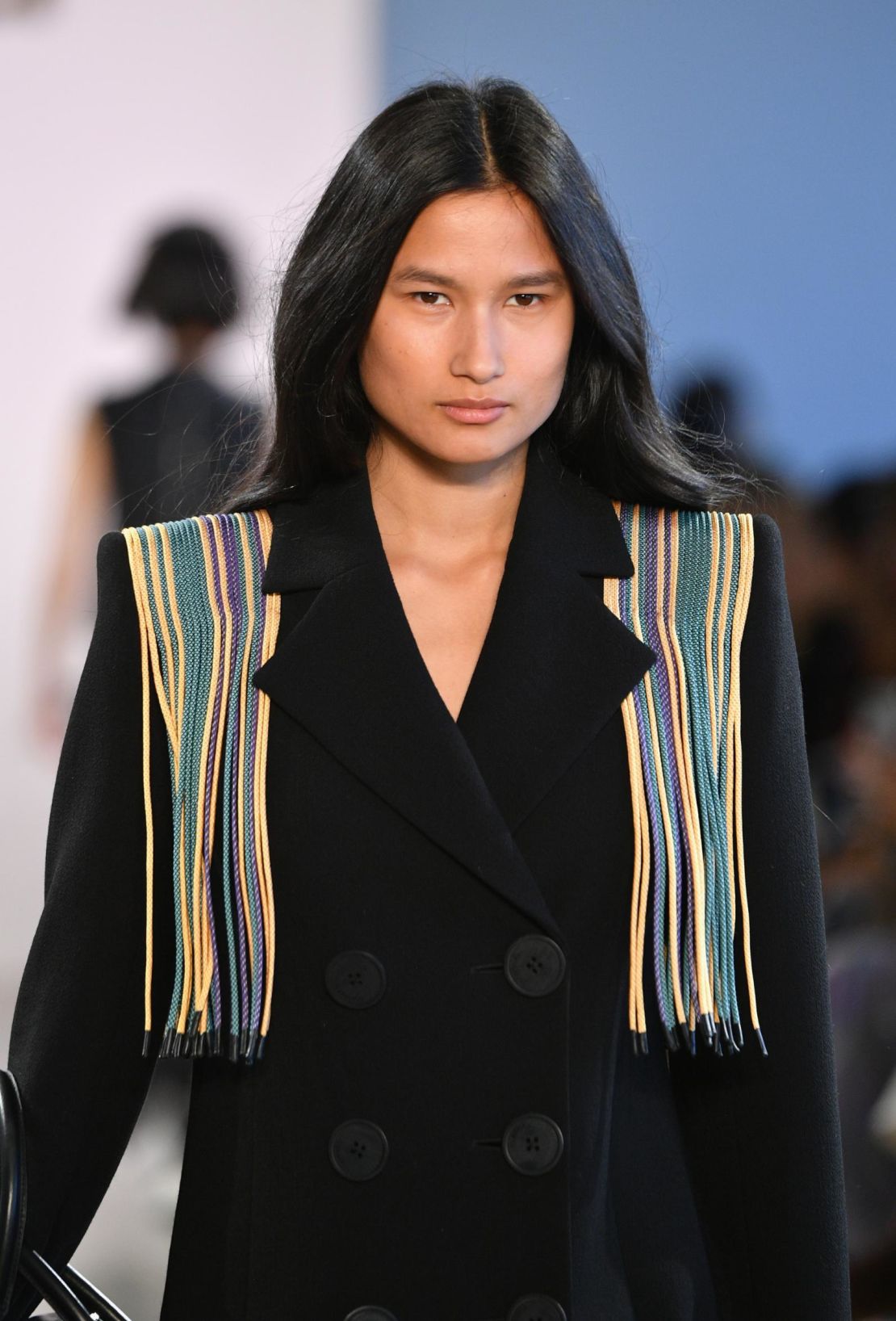
While Li again used an all-Asian cast for this season, she also looked to her New Zealand roots. The prominent floral print used throughout her show was actually a magnified, digitized version of a studio photo she had taken of a lily, a plant commonly found in her home country.
Throwback Thursday

Fashion is constantly looking to the past for inspiration. But the nostalgia reached further back into history than we’re used to.
Designers may still be fixated on ’80s shoulder pads and voluminous sleeves, but at Michael Kors and Staud, an ode to the 1970s rang loud and clear. The latter’s disco theme saw models walk the runway in flared jumpsuits, knee-high boots, plaid sets and burnt-orange hues in front of a glittery gold backdrop.
Kors, meanwhile, relived his Studio 54 glory days by obtaining rights to the legendary nightclub’s logo and using it throughout his collection. Barry Manilow then took the stage to perform his 1978 hit “Copacabana” performance, helping to transport guests back in time.
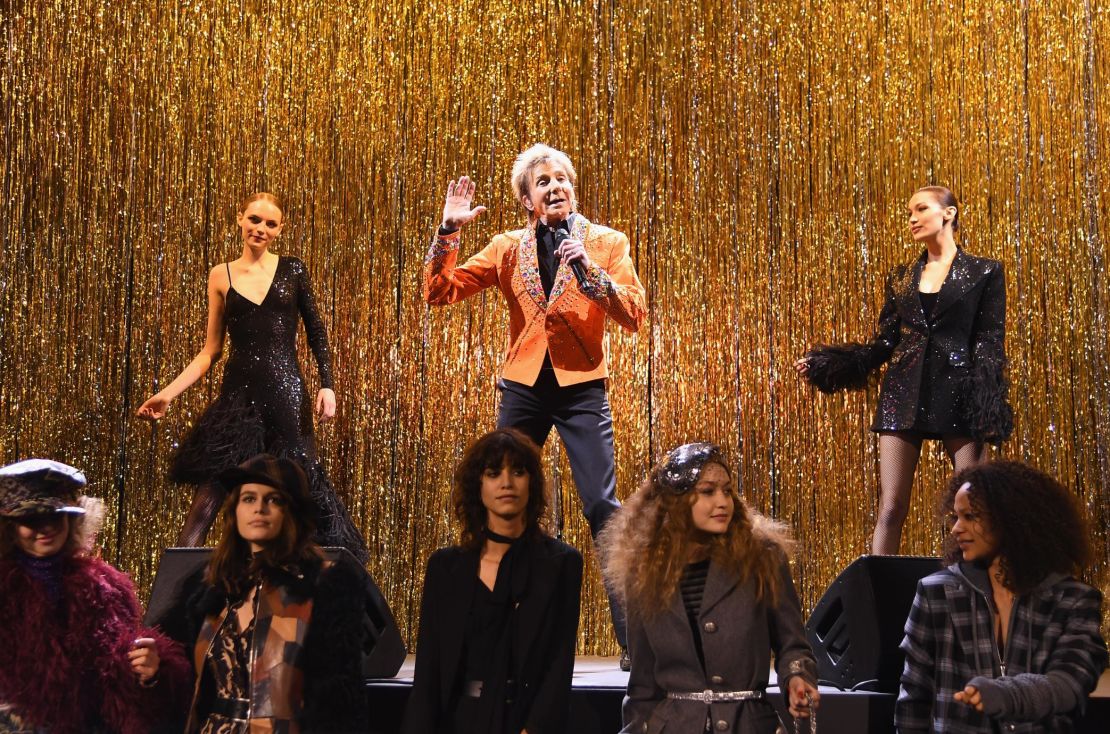
Setting the time machine dial even further back, labels from Brock Collection, Zimmermann, Vaquera and Batsheva drew on medieval influences. Corseting, pilgrim-like styling and jester collars were all on display, though whether any of them will ever make it into the mainstream remains to be seen.
















